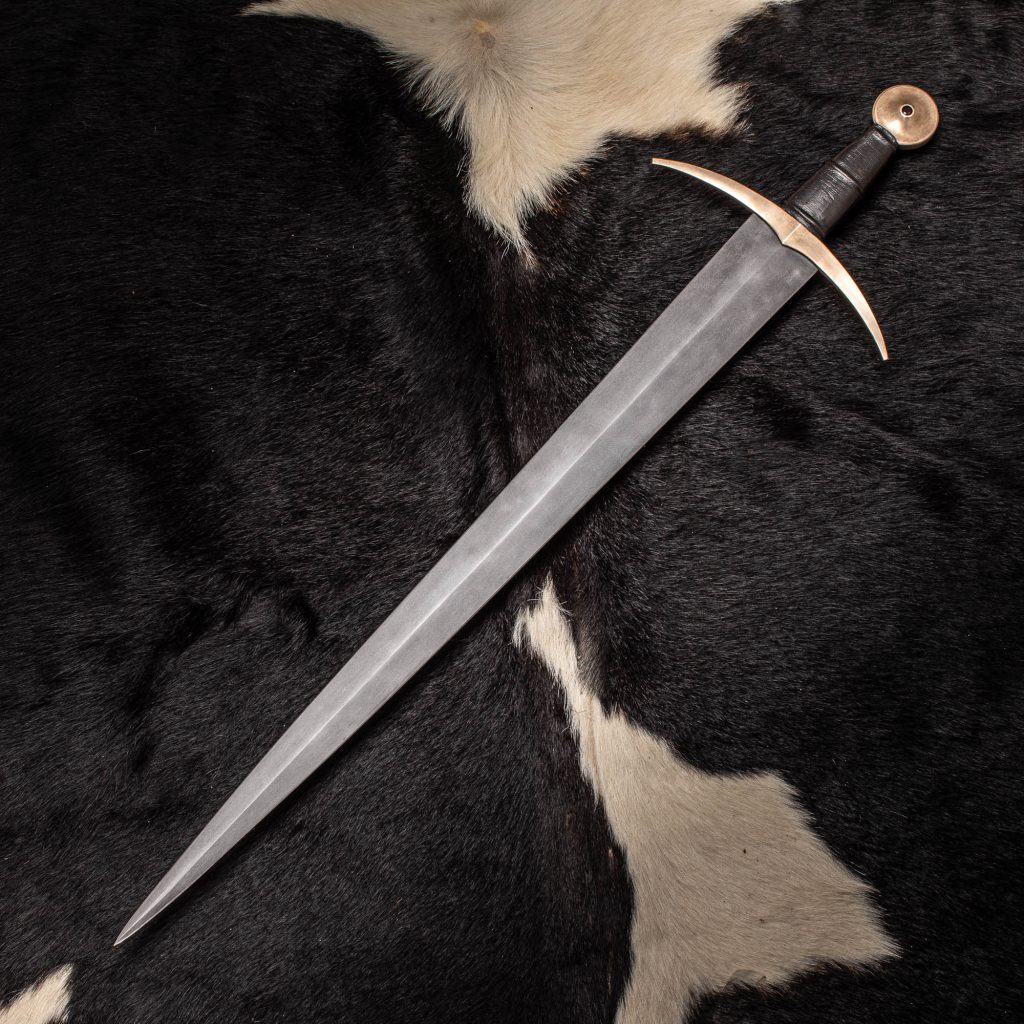The Katana or Samurai Sword is a weapon encircled by secret and legends and is known all over the planet for its destructive sharpness and ability to cut. Generally the katana was the weapon of decision for the samurai of primitive Japan. The slim, bended cutting edge with its single state of the art gives the katana its particular appearance. Katanas have square or roundabout hand watch, a long hold for getting a handle on with two hands, and a cutting edge that is something like 60 centimeters in length. In outright terms the Japanese word katana can be utilized to portray any single edged sword it does not actually need to be of Japanese beginning. Be that as it may, in present day English use the word katana alludes only to the sword of the samurai. The katana first showed up in the Murom chi time frame 1392-1573 as raising fight conditions required more compelling weapons.

The katana permitted the samurai to attract their sword and cut their foes a solitary quick movement which the new sword made conceivable on the grounds that it is worn with the sharp edge looking up. The genuine excellence of the katana is in katana zoro enma master development. The Japanese had a comprehension of metallurgy that was definitely further developed than anything that Europeans were doing at that point. A legitimate Samurai sword is produced using a sort of steel known as Tamahagane. Tamahagane is produced using a combination of high and low carbon steel, every one of which has their own assets and shortcomings. Steel with high carbon content is more enthusiastically and ready to hold a sharp edge yet is weak and inclined to breaking. Steel with low carbon content is more pliant which improves it for engrossing effect yet additionally makes the edge handily dulled.
The virtuoso of the conventional samurai sword creator was to join the two kinds of steel in a solitary weapon. This was normally finished by making the external edge of the sword from high carbon steel and the internal center from low carbon steel. The most common way of making a solitary sword from two bits of metal was finished by making a U-formed bar from high carbon steel and putting a length of low carbon steel into the U and pounding them together into a solitary piece of metal. Over a time of a few days the piece of consolidated steel is warmed, collapsed, and pounded. As a rule katana was collapsed a limit of multiple times prior to being pounded into the essential state of a sword. This cycle powers pollutions out of the metal and furthermore makes tiny flaws in the atomic cross section adding solidarity to the metal. That is contrast among produced and cast metal, manufactured metal has been pounded into shape and is a lot more grounded than cast metal which has just been made liquid and filled a structure cast and permitted to solidify.